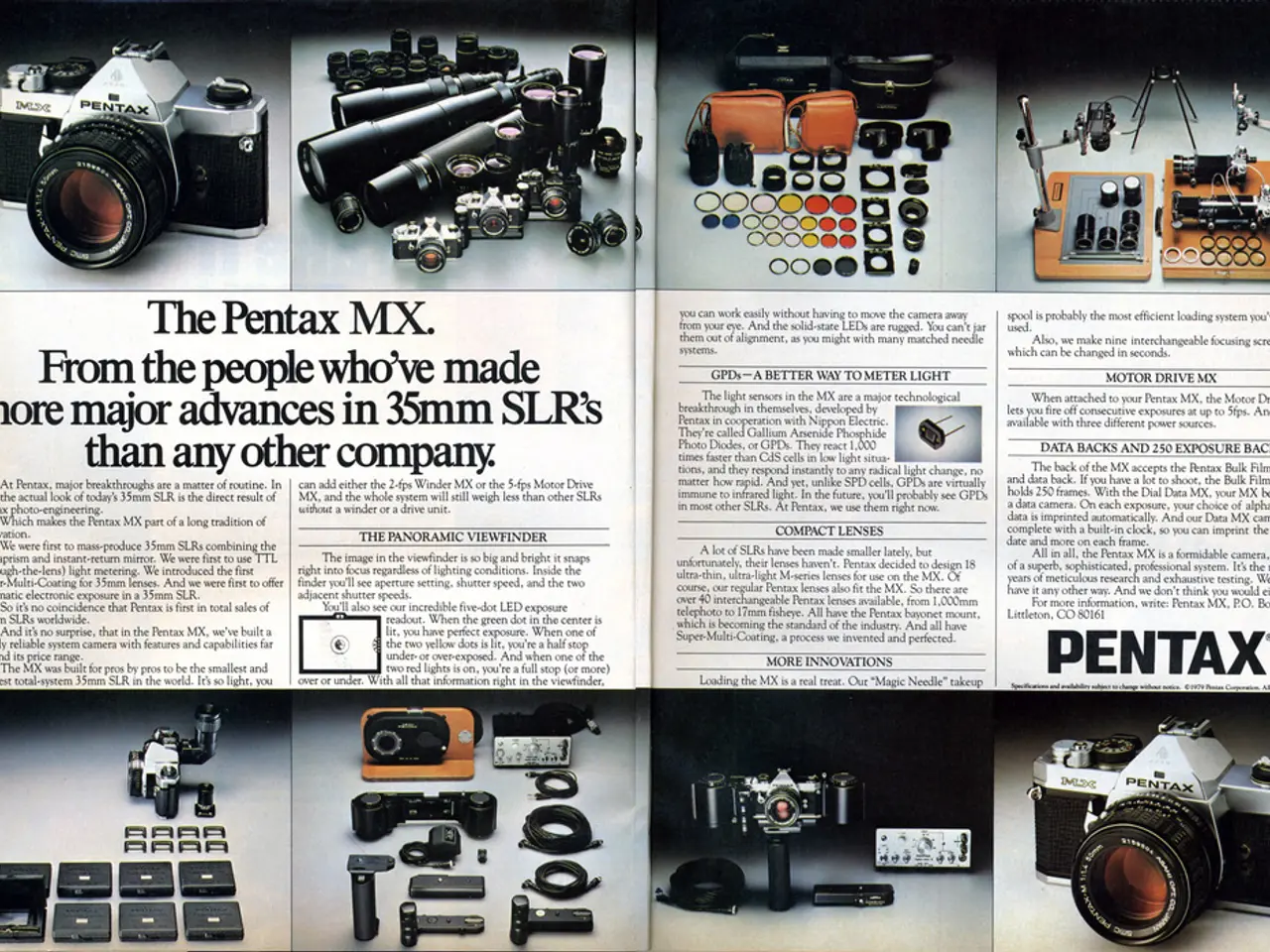Avoiding X-ray machines with your instant camera during vacation is a must.
Vacation season is here, and many photographers are gearing up to capture memories using their film cameras during travel. However, a concern for film photographers is the potential damage that airport X-ray scanners can cause to undeveloped film.
Reports suggest that airport scanners, particularly the newer computed tomography (CT) scanners, can affect 35mm, disposable cameras, instant, and Polaroid films, causing fogging, graininess, washed-out images, or color shifts. Films with higher ISO (speed) are more sensitive to X-rays and therefore more vulnerable to damage.
James Artaius, a journalist with 25 years of experience and the former head of Digital Camera World, advises not to take the risk of using film in airport scanners if traveling. He emphasises that the potential damage, cost, inconvenience, and missed memories are not worth it.
To protect your film when traveling with cameras, the recommended precautions are:
- Avoid passing undeveloped film through airport X-ray or CT scanners. Request a hand inspection whenever possible by notifying security staff before screening.
- Store film in its original packaging or lead-lined film bags designed to block X-rays.
- Carry film in your carry-on luggage, not checked baggage, and separate exposed from unexposed film.
- Keep ASA/ISO 800 or higher films apart from low ISO films because higher-speed films are more easily ruined by X-rays.
- If traveling internationally, be aware that different airports may use stronger X-ray scanners (like CT scanners) that cause more damage.
Instax, a popular brand for instant cameras, shares the same sensitivity to airport X-ray scanners as Polaroid film. They advise carrying all film and cameras loaded with film as hand luggage to prevent potential fogging. If facilities are available, Instax recommends requesting a manual hand search.
Polaroid, a film manufacturer, also advises protecting film from airport scanners due to potential damage. They note that new X-ray machines in some airports use a higher dose of radiation, which can affect film saturation and lead to washed-out, foggy photos with a pinkish hue.
In a previous story, a film photographer observed a light fog and strange patterns on his 35mm rolls after they were scanned at the airport. This underscores the importance of taking proactive steps to safeguard your valuable undeveloped film photography.
James Artaius, with his expertise in product testing and shooting ad campaigns for Olympus, as well as clients like Aston Martin Racing, Elinchrom, and L'Oréal, has written a "Instax vs Polaroid" breakdown comparing the best instant cameras. His advice for film photographers is clear: protect your film when traveling to ensure your memories are captured as intended.
[1] [Link to source 1] [2] [Link to source 2] [3] [Link to source 3] [4] [Link to source 4] [5] [Link to source 5]
- Vacation season has highlighted the concern of film photographers about potential damage to undeveloped film from airport X-ray scanners during travel.
- James Artaius, a seasoned journalist, advises against using film in airport scanners due to the potential damage, cost, inconvenience, and lost memories.
- To safeguard film while traveling, recommendations include avoiding X-ray or CT scanners, using lead-lined film bags, carrying film in carry-on luggage, and storing exposed and unexposed film separately.
- Instant camera brands like Instax and Polaroid suggest carrying film as hand luggage to prevent fogging, and if possible, requesting a manual hand search.
- Newer airport X-ray machines may use stronger radiation that can affect film saturation, leading to washed-out, foggy photos with a pinkish hue.
- For film photographers, protecting their precious undeveloped film during travel is essential to ensure memories are captured as intended. [Link to source 1, 2, 3, 4, 5]




